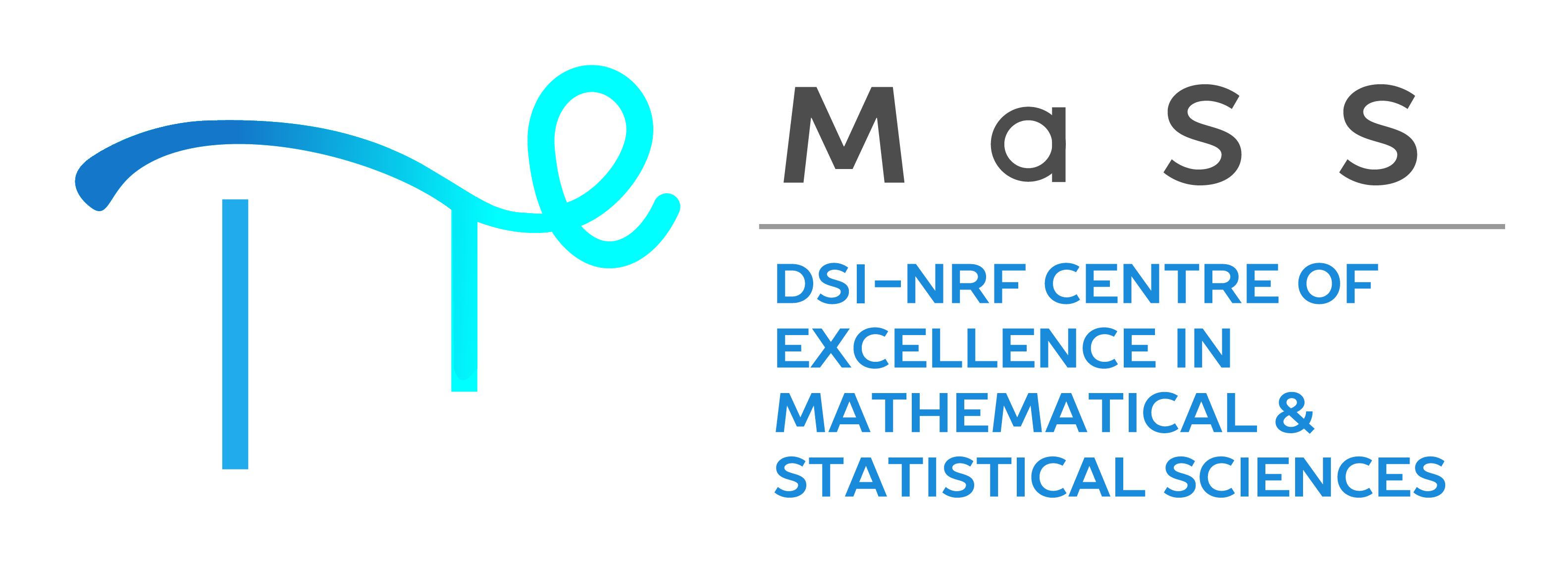Optimal treatment plans for glioblastoma multiforme by
PDE constrained optimization
Seyyed Abbas Mohammadi\(^*\),
School of Computer Science and Applied Mathematics, University of
The Witwatersrand
SAMS Subject Classification Number: 23, 25
Glioblastoma multiforme is a highly aggressive brain tumor with a life expectancy of 6 to 12 months [1,2]. The recurrence of the tumor, even after radical excision, necessitates the use of postoperative therapeutic strategies such as radiotherapy and chemotherapy to slow tumor progression [2]. To improve conventional treatments and increase patient survival, novel therapies must be developed. Spatial macroscopic models based on PDEs have been widely used to describe the proliferation and invasion of tumor cells in brain tissue; see for example [3–5] and the references therein. In this study, we consider a modification of the reaction-diffusion model proposed in [3] which describes the diffusion and proliferation of tumor cells in addition to the effects of precisely delivered treatment e.g., chemotherapy and radiotherapy. Treatment optimization is still in high demand in order to consider patient-specific biological parameters while avoiding side effects in standard-of-care treatment plans [6–9]. Therefore, a PDE constrained optimization is developed in order to obtain the optimal treatment plan. Using the standard method of the calculus of variations, we shall establish that the optimization problem admits a solution and obtain a necessary condition for the optimizer. The optimizer is explicitly calculated for specific ranges of problem parameters, and its uniqueness is investigated. Then, a gradient-based efficient numerical algorithm is developed to determine the optimizer. For the case of chemotherapy, results suggest a bang-bang chemotherapy strategy in a cycle which starts at the maximum dose and terminates with a rest period. Numerical simulations based upon our algorithm on a real brain image show that this is in line with the maximum tolerated dose (MTD), a standard chemotherapy protocol.
References
[1] E. Alvord, Patterns of growth of gliomas, Amer. J. Neuroradiol. 16 (1995), 1013–1017.
[2] M. E. Davis, Glioblastoma: Overview of disease and treatment, Clin. J. Oncol. Nurs. 20 (2016), S2–S8.
[3] P. Tracqui, G. Cruywagen, D. Woodward, G. Bartoo, J. Murray, and E. Alvord, Jr., A mathematical model of glioma growth: The effect of chemotherapy on spatio-temporal growth, Cell Proliferation. 28 (1995), 17–31.
[4] K. Swanson, R. Rostomily, and E. Alvord, Jr., A mathematical modelling tool for predicting survival of individual patients following resection of glioblastoma: A proof of principle, British J. Cancer. 98 (2008), 113–119.
[5] R. Rockne, J. Rockhill, M. Mrugala, A. Spence, I. Kalet, K. Hendrickson, A. Lai, T. Cloughesy, E. Alvord, Jr., and K. Swanson, Predicting the efficacy of radiotherapy in individual glioblastoma patients in vivo: A mathematical modeling approach, Phys. Med. Biol. 55 (2010), 3271–3285.
[6] N.A. Stavreva, P.V. Stavrev, W.H. Round, A
mathematical approach to optimizing the radiation dose distribution in
heterogeneous tumours, Acta Oncologica. 35,
(1996), 727–732.
[7] P.-Y. Bondiau, E. Konukoglu, O. Clatz, H. Delingette,
M. Frenay, P. Paquis, Biocomputing: numerical simulation of glioblastoma
growth and comparison with conventional irradiation margins, Physica
Medica. 27, (2011), 103–108.
[8] E. Fernandez-Cara, L. Prouvee, Optimal control of mathematical models for the radiotherapy of gliomas: the scalar case, Comput. Appl. Math. 37, (2018), 745–762.
[9] M. Yousefnezhad, C.Y. Kao, S.A. Mohammadi, Optimal chemotherapy for brain tumor growth in a reaction-diffusion model, SIAM. J. Appl. Math. 81, (2021), 1077-1097.


